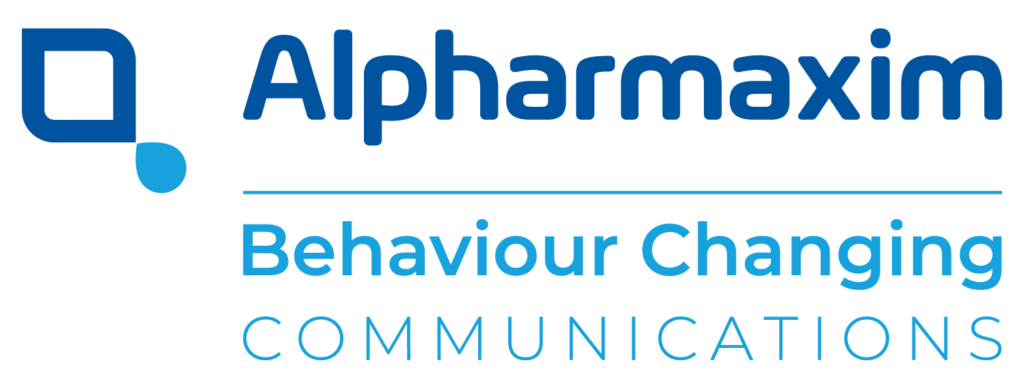Written by Josh Lilly
Josh Lilly is a Senior Medical Writer at Alpharmaxim Healthcare Communications
Rare Disease Day takes place every year on the last day in February. The theme for 2019 is ‘Bridging health and social care’, which focuses on bridging the gaps in the coordination between medical, social and support services in order to tackle the challenges that patients with rare diseases and their families face every day.
Definitions of what constitutes a rare disease differ according to the country and region; in the EU, a rare disease is defined as one that affects fewer than 5 in 10 000 people.1 Despite the relative rarity of each individual disease, the collective impact is sizeable: it is estimated that approximately 7000 rare diseases affect over 300 million people worldwide.2 Approximately 80% of rare diseases are of genetic origin;1 many are life‑threatening, with progressively debilitating symptoms, highlighting the importance of effective therapies.
“1 in 17 people will be affected by a rare disease at some point in their lives.”1
Before 1983, many pharmaceutical companies focused on developing treatments for common diseases in order to recoup the significant research and development costs. A turning point was the US Orphan Drug Act of 1983, which included financial and legal incentives to support development of orphan drugs for treating rare diseases; this act was adopted by the EU in 2000. The Orphan Drug Act has been an unprecedented success, with over 500 drugs for rare diseases currently approved, compared with only a handful before 1983.3
The rare disease market continues to grow rapidly, with many pharmaceutical companies focusing on this area. Current forecasts predict that worldwide orphan drug sales will grow at a compound annual growth rate of 12.3% from 2019 to 2024, double the rate for the non-orphan drug market; by 2024, orphan drugs are expected to capture a fifth of worldwide prescription sales and reach $242 billion.4
“Orphan drug sales are expected to grow at a compound annual growth rate of 12.3% from 2019 to 2024, double that of non-orphan drugs."4
Scientific advances have facilitated the recent growth in the rare disease market, which has seen improvements in genetics, engineering, biotechnology and targeted therapy. These advances have enabled companies to identify patient populations in need and develop the necessary treatment options to help them live their lives to the full. Indeed, Scott Schliebner, VP, Scientific Affairs, Rare Diseases at PRA Health Sciences has described the rare disease market as an “innovation lab, showing how creative collaborations and new approaches can bring therapies to patients faster”.5
Another important factor in the recent growth of the rare disease market is the increasing role of patient advocacy groups, which has been unmatched in other areas of medical research and product development. Collaborative partnerships have developed between advocacy groups, scientists and government officials, which have played a significant role in the adoption of policies over the last 30 years. Furthermore, the development and expansion of social media in recent years has provided a forum for patients to share their experiences and raise awareness of the diseases.
Despite the advances in therapies to treat rare diseases, there is still so much to do. Out of the >7000 rare diseases currently known, approximately 95% have no treatments6 and have a devastating impact on the lives of patients and their families. As new rare diseases are constantly being identified, this already extensive unmet need continues to grow, representing a significant challenge for the pharmaceutical industry.
References
1. Rare disease UK. What is a rare disease? 2018. https://www.raredisease.org.uk/what-is-a-rare-disease. Accessed 14 January 2020
2. Rare Genomics Institute. Get the facts on rare diseases. 2019. https://www.raregenomics.org/rare-disease-facts. Accessed 14 January 2020
3. Celgene. The orphan drug act continues to give hope to patients with rare diseases. 1 March 2019. https://www.celgene.com/orphan-drug-act. Accessed 14 January 2020
4. EvaluatePharma. Orphan drug report 2019. April 2019. https://www.evaluate.com/thought-leadership/pharma/evaluatepharma-orphan-drug-report-2019. Accessed 14 January 2020
5. PharmaVOICE. Focus on rare diseases, 2017. January 2017. https://www.pharmavoice.com/article/2017-1-rare-diseases. Accessed 28 February 2019
6. IQVIA Institute for Human Data Science. Orphan drugs in the United States. December 2018. https://www.iqvia.com/-/media/iqvia/pdfs/institute-reports/orphan-drugs-in-the-united-states-exclusivity-pricing-and-treated-populations.pdf. Accessed 14 January 2020


